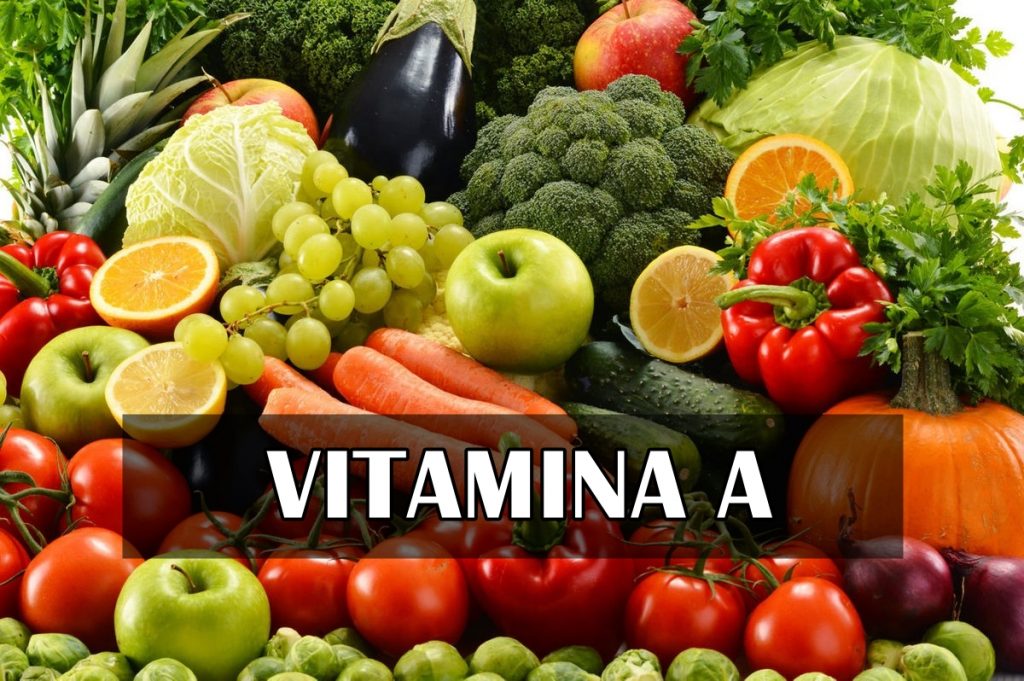Vitamin A is a fat-soluble vitamin that plays a critical role in maintaining overall health. Often associated with good eyesight, its benefits extend far beyond vision. From supporting immune function to promoting healthy skin and cell growth, vitamin A is a nutrient you don’t want to overlook.
In this blog post, we’ll explore the benefits of vitamin A, the best food sources, and the signs of deficiency to help you ensure you’re getting enough of this vital nutrient.
Why Vitamin A Matters: Key Benefits
Vitamin A is essential for many bodily functions, and its benefits are wide-ranging. Here’s a closer look at what this powerhouse vitamin can do for you:
1. Supports Vision Health
Vitamin A is crucial for maintaining good eyesight, particularly in low-light conditions. It helps produce rhodopsin, a pigment in the retina that allows you to see in dim light. A deficiency in vitamin A can lead to night blindness and, in severe cases, complete vision loss.
2. Boosts Immune Function
Vitamin A plays a vital role in maintaining the integrity of your skin and mucous membranes, which act as barriers to infections. It also supports the production and function of white blood cells, which help fight off pathogens.
3. Promotes Healthy Skin
Vitamin A is a key ingredient in many skincare products because of its ability to promote cell turnover and repair. It helps keep your skin smooth, hydrated, and free from blemishes. Retinoids, a form of vitamin A, are often used to treat acne and reduce signs of aging.
4. Supports Growth and Development
Vitamin A is essential for normal growth and development, particularly in children. It plays a role in cell division, bone growth, and organ development. Pregnant women also need adequate vitamin A for fetal development, though excessive intake should be avoided.
5. Acts as a Powerful Antioxidant
Vitamin A, particularly in the form of beta-carotene, is a potent antioxidant. It helps neutralize free radicals, reducing oxidative stress and lowering the risk of chronic diseases like heart disease and cancer.
Top Sources of Vitamin A
Vitamin A comes in two forms: preformed vitamin A (retinol) and provitamin A carotenoids (like beta-carotene). Preformed vitamin A is found in animal products, while carotenoids are found in plant-based foods. Here are some of the best sources:
Animal-Based Sources (Preformed Vitamin A)
- Liver (beef, chicken, or pork)
- Fish oils (such as cod liver oil)
- Dairy products (milk, cheese, butter)
- Eggs
Plant-Based Sources (Provitamin A Carotenoids)
- Sweet potatoes
- Carrots
- Spinach and kale
- Butternut squash
- Red bell peppers
- Mangoes
- Apricots
Fortified Foods
Many foods, such as cereals and plant-based milk alternatives, are fortified with vitamin A to help people meet their daily requirements.
Symptoms of Vitamin A Deficiency
Vitamin A deficiency is rare in developed countries but remains a significant public health issue in developing regions. Here are some common signs and symptoms of deficiency:
1. Night Blindness
One of the earliest signs of vitamin A deficiency is difficulty seeing in low light or at night.
2. Dry Skin and Hair
Vitamin A is essential for skin and mucous membrane health. Deficiency can lead to dry, flaky skin and brittle hair.
3. Frequent Infections
A weakened immune system due to vitamin A deficiency can make you more susceptible to infections, particularly respiratory and gastrointestinal infections.
4. Delayed Growth in Children
Vitamin A is crucial for growth and development. Deficiency can lead to stunted growth and delayed bone development in children.
5. Eye Problems
Severe vitamin A deficiency can cause xerophthalmia, a condition that can lead to dry eyes, corneal ulcers, and even blindness.
6. Reproductive Issues
Vitamin A plays a role in reproductive health. Deficiency can lead to fertility problems and complications during pregnancy.
How Much Vitamin A Do You Need?
The recommended daily allowance (RDA) for vitamin A varies by age, gender, and life stage:
- Adult men: 900 mcg RAE (retinol activity equivalents) per day
- Adult women: 700 mcg RAE per day
- Pregnant women: 770 mcg RAE per day
- Breastfeeding women: 1,300 mcg RAE per day
It’s important to note that excessive intake of vitamin A, particularly from supplements, can lead to toxicity. Symptoms of vitamin A toxicity include nausea, dizziness, and even liver damage. Always aim to get your nutrients from food first and consult a healthcare provider before taking supplements.
Tips for Maximizing Vitamin A Absorption
- Pair with Healthy Fats: Since vitamin A is fat-soluble, consuming it with healthy fats like avocado, nuts, or olive oil can enhance absorption.
- Cook Certain Vegetables: Lightly cooking carotenoid-rich vegetables like spinach and carrots can increase the bioavailability of vitamin A.
- Avoid Overcooking: Prolonged cooking can destroy some of the vitamin A content in foods, so aim for gentle cooking methods like steaming or sautéing.

Vitamin A is a vital nutrient that supports vision, immunity, skin health, and overall growth and development. By incorporating a variety of vitamin A-rich foods into your diet, you can ensure you’re reaping the benefits of this essential nutrient. Keep an eye out for symptoms of deficiency, especially if you’re at risk, and take steps to maintain optimal levels for your health.
What’s your favorite way to enjoy vitamin A-rich foods?
Share your thoughts and recipes in the comments below!

